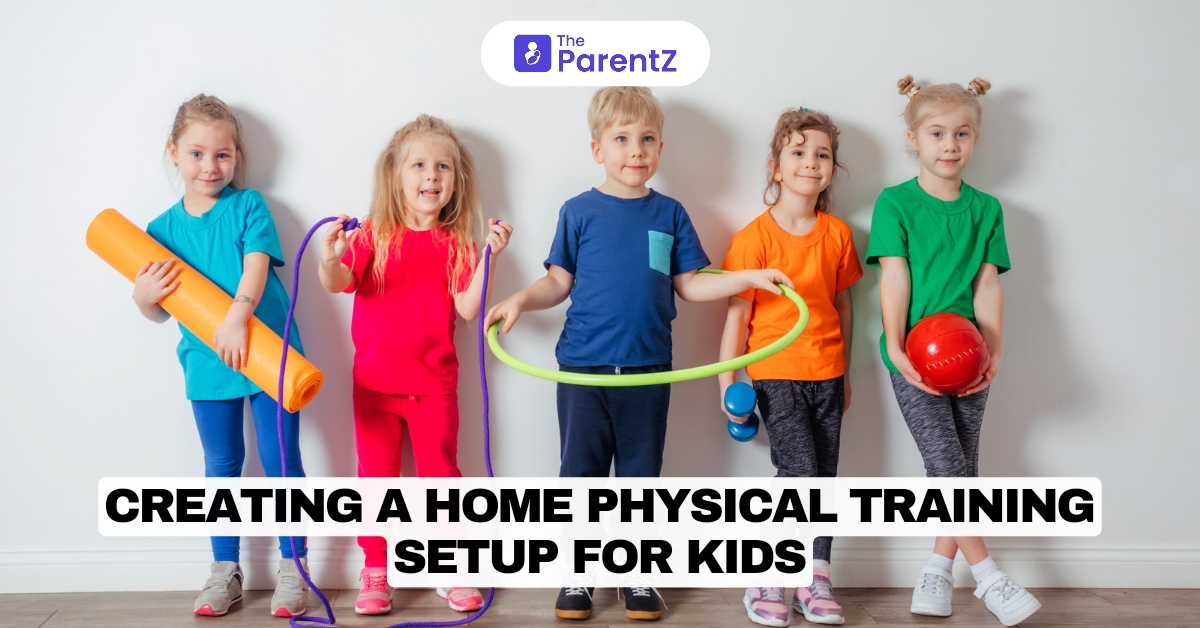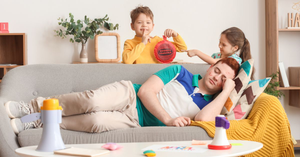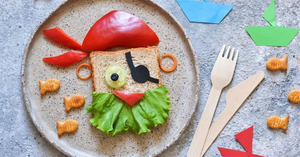Importance of Physical Activity for Children’s Health and Development
Physical activity is crucial for children’s overall health and development. Regular exercise helps build strong bones and muscles, improves cardiovascular health, and boosts the immune system. It also plays a vital role in maintaining a healthy weight, reducing the risk of chronic diseases, and promoting mental well-being. Encouraging children to be active from a young age sets the foundation for a lifetime of healthy habits.
Benefits of Having a Home Physical Training Setup
Having a home physical training setup offers numerous benefits. It provides a convenient and safe environment for children to engage in regular exercise. A home setup can be customized to suit the specific needs and interests of your child, making physical activity more enjoyable and consistent. Additionally, it saves time and money that might be spent on gym memberships or organized sports, allowing for greater flexibility in incorporating fitness into your family’s routine.
Essential Elements of a Home Physical Training Setup
Space Considerations and Safety Measures
When creating a home physical training setup, space and safety are paramount. Choose an area that is spacious enough to allow for a variety of movements without obstacles. Ensure the floor surface is non-slip and consider using mats for added safety. Keep the area free of sharp objects or fragile items that could cause injuries. Adequate ventilation and lighting are also important to create a comfortable exercise environment.
Basic Equipment: Mats, Resistance Bands, Light Weights, and Jump Ropes
Basic equipment can enhance the effectiveness of home workouts. Mats provide cushioning and protect against injuries during exercises. Resistance bands are versatile tools that help build strength and flexibility. Light weights are suitable for strength training, improving muscle tone and endurance. Jump ropes are excellent for cardiovascular workouts, enhancing coordination and stamina.
Fun Additions: Balance Boards, Obstacle Courses, and Mini-Trampolines
Incorporating fun elements into your home training setup can make exercise more enjoyable for children. Balance boards improve core strength and balance. Obstacle courses can be set up using household items, creating an engaging and challenging workout. Mini-trampolines provide a fun way to perform cardiovascular exercises, promoting coordination and agility.
Types of Exercises and Activities
Age-Appropriate Exercises: Stretching, Strength Training, and Cardiovascular Activities
Tailoring exercises to your child’s age ensures safety and effectiveness. For younger children, focus on stretching and basic strength exercises using body weight. Older children can incorporate more structured strength training with light weights or resistance bands. Cardiovascular activities like jumping jacks, running in place, or using a jump rope are suitable for all ages and help improve heart health and endurance.
Fun and Engaging Activities: Dance Routines, Yoga, and Sports Drills
To keep children engaged, incorporate activities they enjoy. Dance routines are a fun way to stay active and improve coordination. Yoga promotes flexibility, balance, and mindfulness. Sports drills, such as dribbling a soccer ball or practicing basketball shots, can improve skills and provide a dynamic workout.
Incorporating Family Activities: Group Workouts and Active Games
Family activities are a great way to promote physical fitness while spending quality time together. Group workouts, such as circuit training or family yoga sessions, encourage everyone to participate. Active games, like tag or relay races, make exercise fun and competitive. These activities foster a positive attitude towards physical fitness and create lasting family bonds.
Tips for Maintaining a Routine
Setting a Regular Schedule for Physical Activities
Consistency is key to reaping the benefits of regular exercise. Set a regular schedule for physical activities, making them a part of your daily routine. Designate specific times for workouts, such as after school or before dinner, and stick to them as much as possible.
Making Exercise Enjoyable and Varied
To keep children motivated, make exercise enjoyable and varied. Rotate different types of activities to prevent boredom. Incorporate music, games, and challenges to make workouts fun. Allow children to choose activities they enjoy, fostering a sense of ownership and enthusiasm for fitness.
Encouraging and Motivating Children to Stay Active
Positive reinforcement is essential in encouraging children to stay active. Praise their efforts and celebrate their achievements. Set realistic goals and reward progress. Be a role model by staying active yourself and participating in workouts together. Providing a supportive and encouraging environment will help children develop a lifelong love for physical activity.
Conclusion
Recap of the Benefits of a Home Physical Training Setup
A home physical training setup offers numerous benefits for children, including improved physical health, mental well-being, and the development of healthy habits. It provides a convenient and flexible way to ensure regular exercise and can be tailored to meet the specific needs and interests of your child.
Encouragement to Prioritize Physical Activity for Children’s Overall Well-Being
Prioritizing physical activity is crucial for children’s overall well-being. By creating a home physical training setup, you can provide a safe and enjoyable environment for your child to stay active. Encourage regular exercise, make it fun, and support your child’s fitness journey. Investing in your child’s physical health today will lead to a healthier and happier future.








Be the first one to comment on this story.